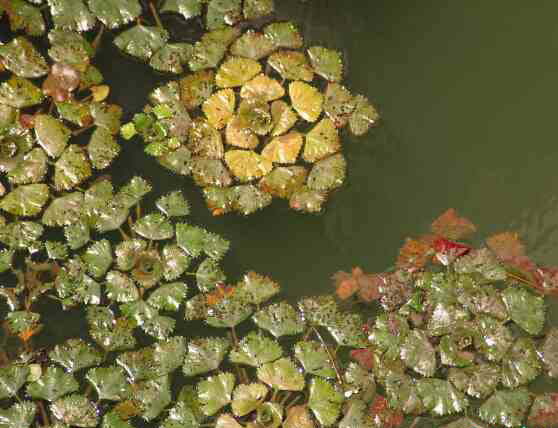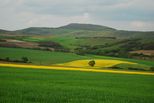








MÉTA NATURALNESS MEASURER FOR EVERYBODY
This Naturalness-measurer helps to identify the natural and degraded habitats in our surroundings.
Steps of naturalness estimation:
1. First choose the type of habitat you are standing in
woodland; shrubbery; grassland; wetland, water side; other habitat
2. Mark those statements that are correct for the habitat you are standing in!
3. Sum up the scores!
4. The total shows how natural or degraded your habitat is!
5. YOU CAN ALSO UPLOAD YOUR MEASURES SOON to a new citizen science website.
For the estimation you have to know only some common plant species, e.g. reed, oak, rosehip or black locust. You can find their pictures in the PLANT IDENTIFICATION GUIDE, but you can use any other plant guides as well.
For a scientifically correct estimation we should know how the natural vegetation looked like before the human transformations. Since we do not know this, botanists estimate naturalness by species composition (e.g. proportion of disturbance tolerant species, weed, rare or specialist species) and by the structure and pattern of the habitat stands (e.g. dead trees, age classes, patcheness).
Our naturalness measurer was designed for those who do not know hundreds of plant species. Our method is not so accurate, but can help to understand what features of the vegetation indicate naturalness.
Printable DATA SHEET If you would like to know more on the naturalness of Hungarian habitats visit our MÉTA PHOTO GALLERY. You can find there more than 400 habitat photos with detailed descriptions. Our Habitat guide is linked in to all photos, where you can find the descriptions of nauralness stages for each habitat.
Printable Teachers Guide